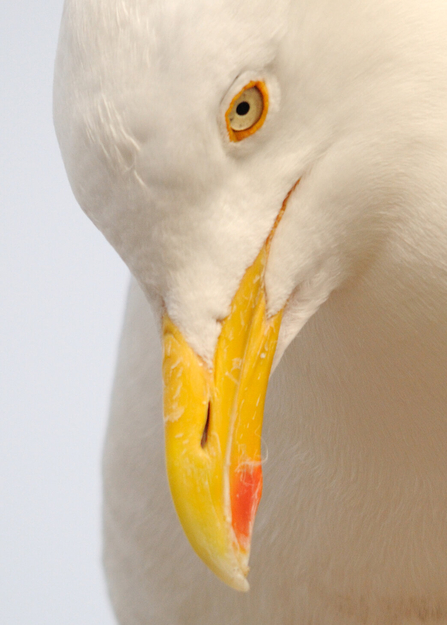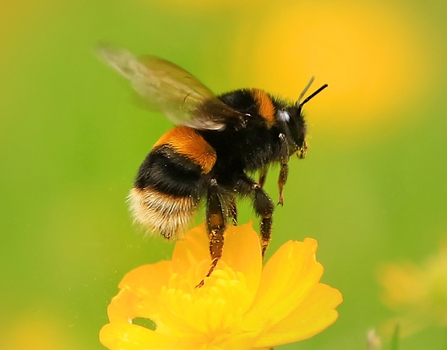Visitors and volunteers shared more than 800 observations using the iNaturalist app as part of the Baltic Triangle Project, which began this year.
Before the wildlife recording project, relatively little was known about urban wildlife in the area. Now, thanks to the efforts of local wildlife lovers, community groups and visitors to the area, more than 270 different species have been recorded in the Baltic Triangle, covering 13 different groups of plant, animal and fungi.
Species common to the area, like buddleja, daisy and herring gull, have been found in large numbers. However, several species uploaded to the iNaturalist app for identification are new to the wildlife list of the Baltic Triangle and surrounding area. These include the tree bumblebee, as well as species new to the county such as the mildew, erysiphe rayssiae, and lichen, pleurosticta acetabulum.


